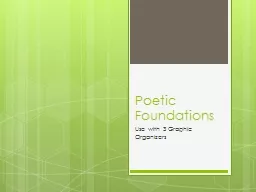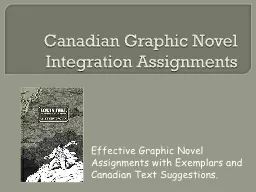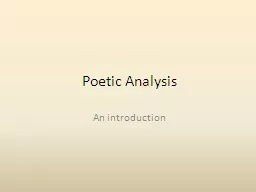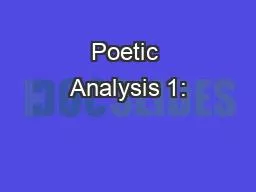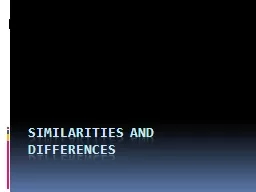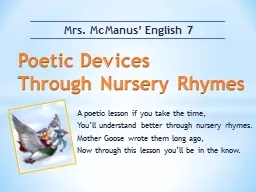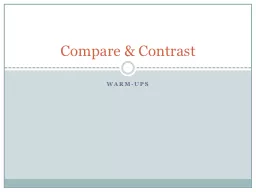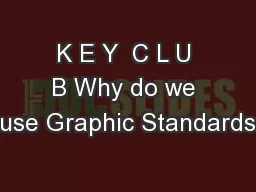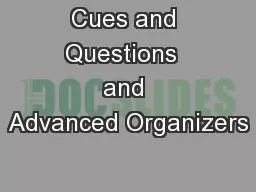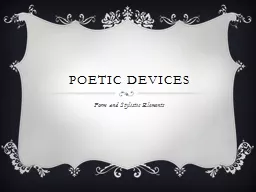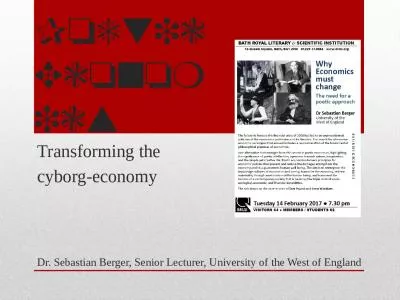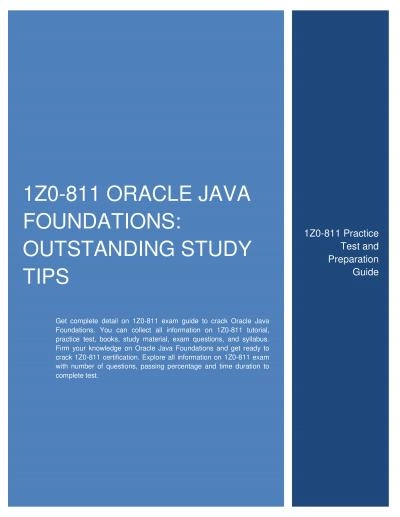PPT-Poetic Foundations Use with 3 Graphic Organizers
Author : min-jolicoeur | Published Date : 2018-11-06
Organizer 1 Types of Poetry Lyric Expresses Feelings songs etc Elegy poem about death or loss Ode dedication poem Sonnet 14 line poem often about love Haiku
Presentation Embed Code
Download Presentation
Download Presentation The PPT/PDF document "Poetic Foundations Use with 3 Graphic Or..." is the property of its rightful owner. Permission is granted to download and print the materials on this website for personal, non-commercial use only, and to display it on your personal computer provided you do not modify the materials and that you retain all copyright notices contained in the materials. By downloading content from our website, you accept the terms of this agreement.
Poetic Foundations Use with 3 Graphic Organizers: Transcript
Download Rules Of Document
"Poetic Foundations Use with 3 Graphic Organizers"The content belongs to its owner. You may download and print it for personal use, without modification, and keep all copyright notices. By downloading, you agree to these terms.
Related Documents

